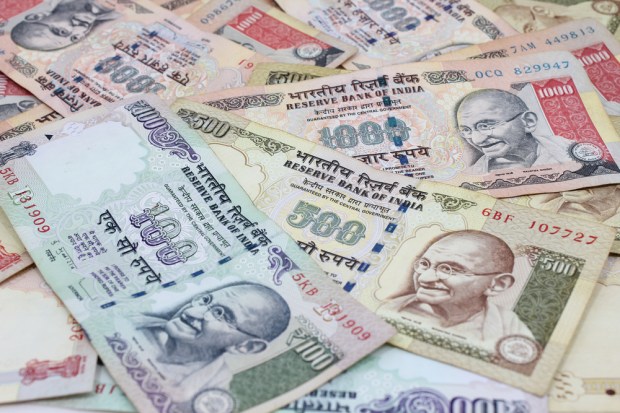Indian Bank’s Sour Loans Hit Near $146B

Reuters reported that bad debt continues to linger on Indian banks’ balance sheets. On Tuesday (Oct. 10), the newswire said that the souring loans totaled 9.5 trillion rupees, which translates into $145.56 billion. That data was compiled at the end of June.
The figures were contained in unpublished data that were, in turn, obtained through right to information requests. According to the news report, the 9.5 trillion figure represents non-performing loans and also “rolled over loans” — and is up 4.5 percent for the six-month period (through June’s end).
The bad loan growth comes as India’s economy at large is showing a slowdown in growth, and — as the newswire stated — banks overall are boosting provisions for defaulting borrowers who are going into bankruptcy.
The loans referenced above are held primarily by state banks, representing capital extended to large firms, but observers told Reuters that small loans are also being classified as bad loans on an increasing basis.
The latest measurement of soured loans comes as provisions march higher, mandated by the Reserve Bank of India (RBI). This means banks must provision for 50 percent of the secured loans for firms that go into bankruptcy and 100 percent for unsecured loans.
Measured as a percentage of total loans, “stressed” borrowings stood at 12.6 percent, the highest tally seen in 15 years, according to RBI data.
“On the corporate side, we think it’s a recognition cycle [that] is nearing an end,” Moody’s Investor Service Senior Analyst Alka Anbarasu was quoted as saying.
New loans as estimated by the Reserve Bank of India grew by 5 percent through the year ending in March 2017, the slowest growth seen in decades.
